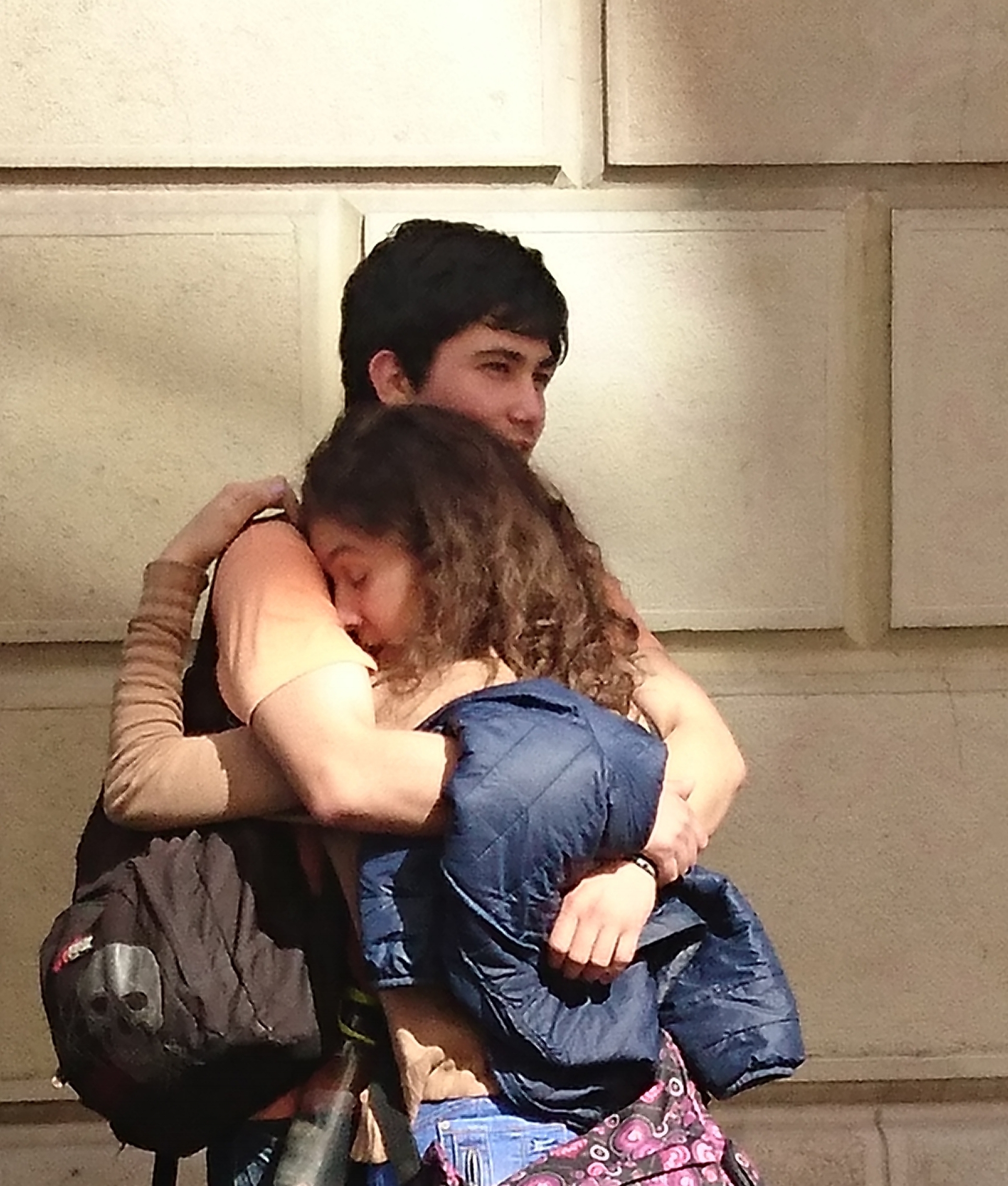Post Operative Rolfing and Somatic Experiencing
When the body is injured or damaged we expect certain responses to occur and this is a natural part of being human.
Surgery can take us to a "super-human" realm, where incredible feats of healing are expected and hoped for. Sometimes we need a little extra help and support to ensure that the miraculous healing processes of the body are on track.
We often assume the body will take care of us – and indeed it tries every way possible to do that. But if certain sensations still remain years after surgery, perhaps it’s time to consider whether something you’re feeling is normal? So what are a few red flags that you could look out for?
Tightness
As the tissue is re-knitting, this can cause itching soon after surgery. Also, where in your body you’ve had surgery will determine the extent of tightness and how this impacts your range of motion.
This tightness is your body telling you the movements it can and can’t do, which is an easy feedback loop for you to read. However, if this tightness remains months or even years later it’s no longer part of the surgical recovery process but has instead become a pattern of tightness that can be worked on. This is also a factor if you’ve had to remain immobilised during recovery. If the body is held in this pattern of tightness then the tissue fibres can become stuck together, which we call ‘adhesions’.
This continually reminds the body of the surgery and in my experience can result in a need to guard or over-protect that part of the body. This, in turn, can indicate whether the experience has been integrated effectively and completely. This pattern can often create compensation issues that have a profound effect on your posture.
Numbness and loss of sensation
This can occur on several different levels. Initially we have the repercussions of the anaesthetic, which can get trapped within the layers of connective tissue. If the surgery site has not received any soft tissue work or even any touch then numbness can remain for many years after. Through releasing trapped anaesthetic from the scar tissue and adhered fibres we can reduce the numbness.
Having worked with trauma for 15 years I continually return to the guiding principle that the nervous system needs to know the trauma is over. This couldn't be more important – and this is where Rolfing and Somatic Experiencing really come to the fore. The body and nervous system have an amazing capacity for ‘cornering off’ an experience, pain or emotion if it’s too overwhelming. This is intrinsic to our survival and appropriate, but then the experience must, at some point, be integrated back into the whole.
Swelling
This can be reduced and tissue drainage encouraged when inflammatory fluids have become trapped by the adhesions and tight tissues. Over time these old fluids can harden and lead to more tightness. Often when you look at the surgery area you can see what looks like swelling but it is hardened, not puffy as when straight after surgery. This is something we can work on and change. Maybe you can imagine how energetically stagnant an area like this could have become? With knowledge about what is actually going on we can provide the right amount of support to gently help the body complete this cycle of healing, regardless of how many years ago it was. Movement is one of the hallmarks of health and Rolfing always positively affects circulation. We know there will be an increase in the movement of blood, oxygen and nutrients around the site of the old injury and surgery, which will promote tissue regeneration.
Scar tissue
Where there is surgery there will be scar tissue and Rolfing helps to break this down. Are you able to look at your scar? Can you touch it? These questions might be surprising but after surgery it’s common to not feel able to do either. This becomes an effective way to keep the experience at bay, at arms length as it were. "If I can’t see it, it isn't real or it hasn't happened". This is part of how we manage many experiences and the overwhelm that comes with them. If your instinct tells you it’s been a long time but you still can’t touch the scar then we have some work to do. The thought of this might be overwhelming in itself but the work can really help you become unstuck and free.
Scar work can be carried out as a stand-alone session or sessions, although Rolfing is traditionally a process of around ten sessions.
“Liesl has helped me in a number of ways post lung surgery. I arrived with fatigue, nerve pain, muscle pain, feeling vulnerable, sensitive and with a tightness in my chest. After a few sessions I felt a sense of space in my ribs, was able to breathe more easily, stand taller, had more energy, felt more accepting of my scars and experienced less pain. Her caring and gentle approach has helped me through my recovery. I have felt more accepting of the recovery process and have a much more positive outlook on the future. ”







